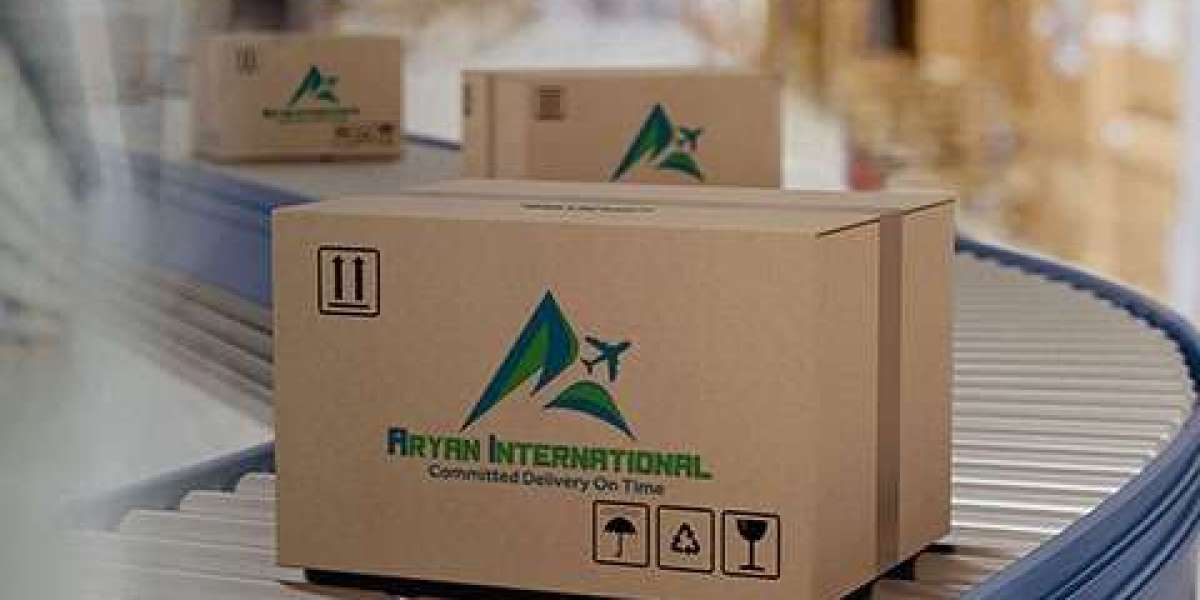In today's complex financial landscape, mastering financial literacy is more important than ever. Financial literacy refers to the ability to understand and effectively use various financial skills, including personal financial management, budgeting, and investing. By enhancing your financial literacy, you can make informed decisions, avoid common financial pitfalls, and achieve your financial goals.
What is Financial Literacy?
Financial literacy encompasses a broad range of financial knowledge and skills. Key components include:
- Budgeting: The ability to create and maintain a budget to manage income and expenses.
- Saving and Investing: Understanding different savings and investment options and their associated risks and benefits.
- Debt Management: Knowing how to manage and reduce debt effectively.
- Credit Understanding: Comprehending how credit works, including credit scores and reports.
- Financial Planning: Setting and achieving short-term and long-term financial goals.
The Importance of Financial Literacy
Financial literacy is crucial for several reasons:
- Empowerment: Knowledgeable individuals can take control of their financial futures and make informed decisions.
- Financial Stability: Good financial practices lead to reduced debt and increased savings, contributing to overall financial stability.
- Retirement Security: Understanding investment options and planning for retirement ensures a secure future.
- Economic Participation: Financially literate individuals can better participate in the economy, making wise consumer and investment choices.
- Fraud Prevention: Awareness of financial scams and fraud helps protect your assets.
Key Concepts in Financial Literacy
1. Budgeting
Budgeting is the process of creating a plan to spend your money. This plan allows you to determine in advance whether you will have enough money to do the things you need or would like to do.
Steps to Create a Budget:
- Track Your Income and Expenses: List all sources of income and track all your expenses for a month.
- Categorize Expenses: Divide expenses into categories such as housing, utilities, food, transportation, entertainment, and savings.
- Set Spending Limits: Based on your income and necessary expenses, set spending limits for each category.
- Monitor and Adjust: Regularly review your budget and adjust as needed to stay on track.
2. Saving and Investing
Saving and investing are essential components of financial literacy. Savings provide a safety net for emergencies, while investing helps grow your wealth over time.
Tips for Saving:
- Automate Savings: Set up automatic transfers to a savings account.
- Set Savings Goals: Define clear, achievable goals for short-term and long-term savings.
- Reduce Unnecessary Expenses: Identify and cut back on non-essential spending.
Basics of Investing:
- Understand Different Investments: Learn about stocks, bonds, mutual funds, and other investment vehicles.
- Assess Risk Tolerance: Determine your risk tolerance and choose investments that align with your comfort level.
- Diversify: Spread your investments across different asset classes to reduce risk.
3. Debt Management
Effective debt management involves understanding and controlling your debt.
Strategies for Managing Debt:
- Prioritize Debt Repayment: Focus on paying off high-interest debt first.
- Consolidate Debt: Consider consolidating multiple debts into a single loan with a lower interest rate.
- Avoid New Debt: Limit the use of credit cards and loans until existing debt is under control.
4. Understanding Credit
Credit is a crucial aspect of financial literacy. Your credit score affects your ability to borrow money, rent an apartment, or even get a job.
Tips for Maintaining Good Credit:
- Pay Bills on Time: Late payments can significantly impact your credit score.
- Keep Credit Card Balances Low: Aim to use less than 30% of your available credit.
- Monitor Your Credit Report: Regularly check your credit report for errors and dispute any inaccuracies.
5. Financial Planning
Financial planning involves setting goals and creating a roadmap to achieve them.
Steps to Create a Financial Plan:
- Define Goals: Identify short-term (e.g., buying a car) and long-term (e.g., retirement) financial goals.
- Create a Plan: Develop a step-by-step plan to achieve your goals, including budgeting, saving, and investing strategies.
- Review and Adjust: Regularly review your plan and make adjustments as needed based on changes in your financial situation.
Improving Your Financial Literacy
Improving your financial literacy is an ongoing process. Here are some practical steps to enhance your financial knowledge:
- Educate Yourself: Take advantage of books, online courses, and financial literacy programs. Websites like Investopedia and financial blogs offer valuable information.
- Attend Workshops: Participate in financial literacy workshops and seminars to gain practical insights.
- Consult Professionals: Seek advice from financial advisors, especially for complex financial decisions.
- Use Financial Tools: Utilize budgeting apps and financial planning tools to help manage your finances effectively.
- Stay Informed: Keep up with financial news and trends to stay informed about the latest developments in personal finance and investing.
Conclusion
Understanding and applying the principles of financial literacy is essential for achieving financial stability and success. By mastering budgeting, saving, investing, debt management, credit understanding, and financial planning, you can take control of your financial future. Start your journey to financial literacy today and build a solid foundation for a secure and prosperous future.







